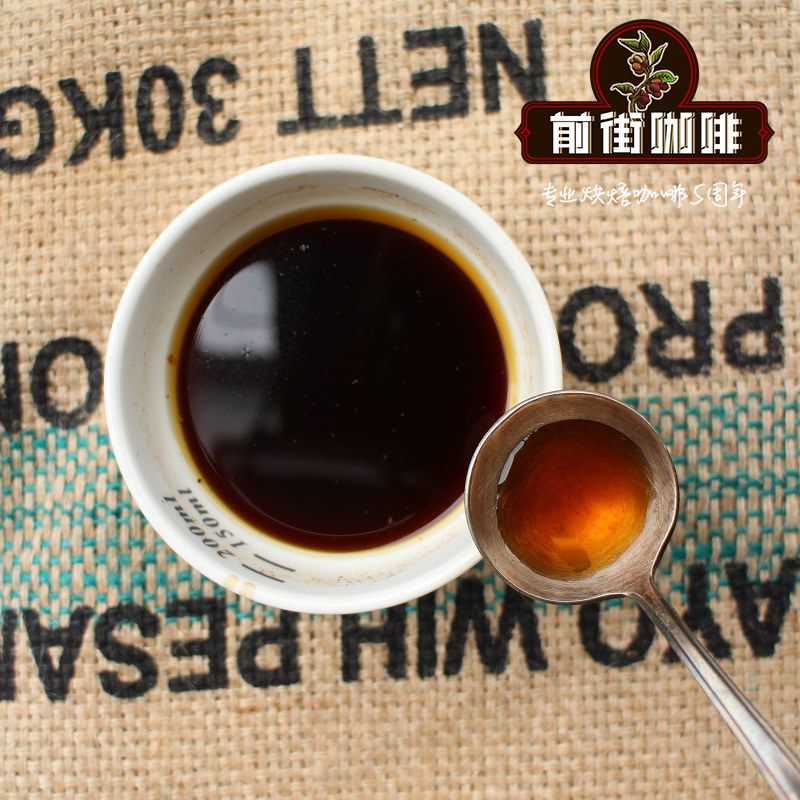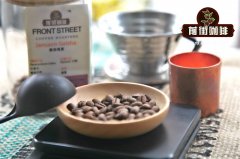Coffee harvesting methods Coffee harvesting methods and Coffee Bean picking methods

Professional coffee knowledge exchange more coffee bean information please follow the coffee workshop (Wechat official account cafe_style)
There are two main ways to harvest coffee: "selective harvesting" and "peeling harvesting", each of which has its own advantages and disadvantages.
Selective harvesting: selective harvesting involves picking ripe coffee fruit by hand, leaving the immature fruit on the tree until the next harvest, while overripe fruit can choose to stay on the tree or separate from the ripe fruit. After a few weeks, the picker will return to the manor to harvest the ripe fruit, a process that will be repeated until the coffee tree is no longer worth picking.
The advantages of selective harvesting: only ripe fruits will be harvested, reducing the proportion of immature fruits can make the coffee quality better and more stable, and the coffee treated in this batch may sell at a better price.
There are often steep slopes in the producing areas, and if the coffee is picked by hand, coffee trees can be planted on the steep slopes, which can make more efficient use of the farm land.
Disadvantages of selective harvesting: manual picking requires a lot of manpower, and these workers are willing to receive the minimum wage, manor owners and farm owners will find it more difficult to afford the wage cost. Large numbers of people migrate to the cities, which also represents a reduction in the number of workers available in the suburbs (farms).
Stripping harvesting: the alternative to selective harvesting is "peeling harvesting", which is harvested with equipment or machinery, peeling all the coffee fruit from the tree, resulting in uneven ripening of the fruit.
There are three common ways of harvesting branches: 1. Manual stripping is the first method in which workers spread canvas on the ground, then grab the branches from the inside to the outside around the trunk and peel the coffee fruit to the ground. two。 Mechanical stripping another harvesting method is very similar to the previous one, but it is mechanically assisted harvesting, and the picking union uses the harvesting equipment shown below. In the same way as manual peeling, the canvas is first spread on the floor, then the coffee fruit is peeled on the canvas with equipment, and the collected coffee is bagged and weighed at the end of the day.
The third method of harvesting branches is mechanical harvesting, which uses vibrating and rotating the hammer of the machine to put all the coffee fruit into the collected basket. The amount of immature fruit harvested can be reduced by adjusting the machine's vibration speed, rotation speed and the speed at which the machine passes through the coffee tree.
Another way is to remove the hammer from the bottom at first, because the fruit at the top of the tree is usually the fastest to ripen at first, and then when some coffee trees are harvested, the lower part of the tree is harvested with a lower stalk. The heavy machinery used in this harvesting method can only be operated on very flat terrain.
The advantages of the stripping harvesting method: the manpower required for the peeling harvesting is very small, and the peeling harvesting method can be completed more quickly.
Peeling harvesting will collect many fruits of different ripening degrees, and if these fruits are not screened, the raw beans will end up showing inconsistent dryness and lower quality.
In order to achieve the best quality, producers must have sufficient scientific and technological equipment, such as screening and color sorting machines, to assist after harvest.
The peeling method receives many different ripe batches of fruit, resulting in a higher proportion of immature fruits, which reduces the quality and price of coffee, representing less profit for landowners or farm owners.
Important Notice :
前街咖啡 FrontStreet Coffee has moved to new addredd:
FrontStreet Coffee Address: 315,Donghua East Road,GuangZhou
Tel:020 38364473
- Prev

Coffee Industry's understanding of Coffee and the Black History of Coffee Industry
Professional coffee knowledge exchange more coffee bean information Please follow Coffee Workshop (Wechat official account cafe_style) Coffee and colonialist coffee originated in tropical Africa, but now Brazil has become the world's largest coffee producer. Vietnam and Colombia are the second and third largest producers. Coffee was in the Middle East, Asia and Europe before it was brought to America by European colonists.
- Next

Coffee bean trading mode coffee bean auction trading mode coffee bean trade
Professional coffee knowledge exchange more coffee bean information Please follow the coffee workshop (Wechat official account cafe_style) Import and export model exporters may be independent producers, farmers' cooperatives, or third-party exporters. They trade with importers and sell them directly to bean bakers, but importers have the connections and capital to buy a large number of beans, so baked beans
Related
- Beginners will see the "Coffee pull flower" guide!
- What is the difference between ice blog purified milk and ordinary milk coffee?
- Why is the Philippines the largest producer of crops in Liberia?
- For coffee extraction, should the fine powder be retained?
- How does extracted espresso fill pressed powder? How much strength does it take to press the powder?
- How to make jasmine cold extract coffee? Is the jasmine + latte good?
- Will this little toy really make the coffee taste better? How does Lily Drip affect coffee extraction?
- Will the action of slapping the filter cup also affect coffee extraction?
- What's the difference between powder-to-water ratio and powder-to-liquid ratio?
- What is the Ethiopian local species? What does it have to do with Heirloom native species?

